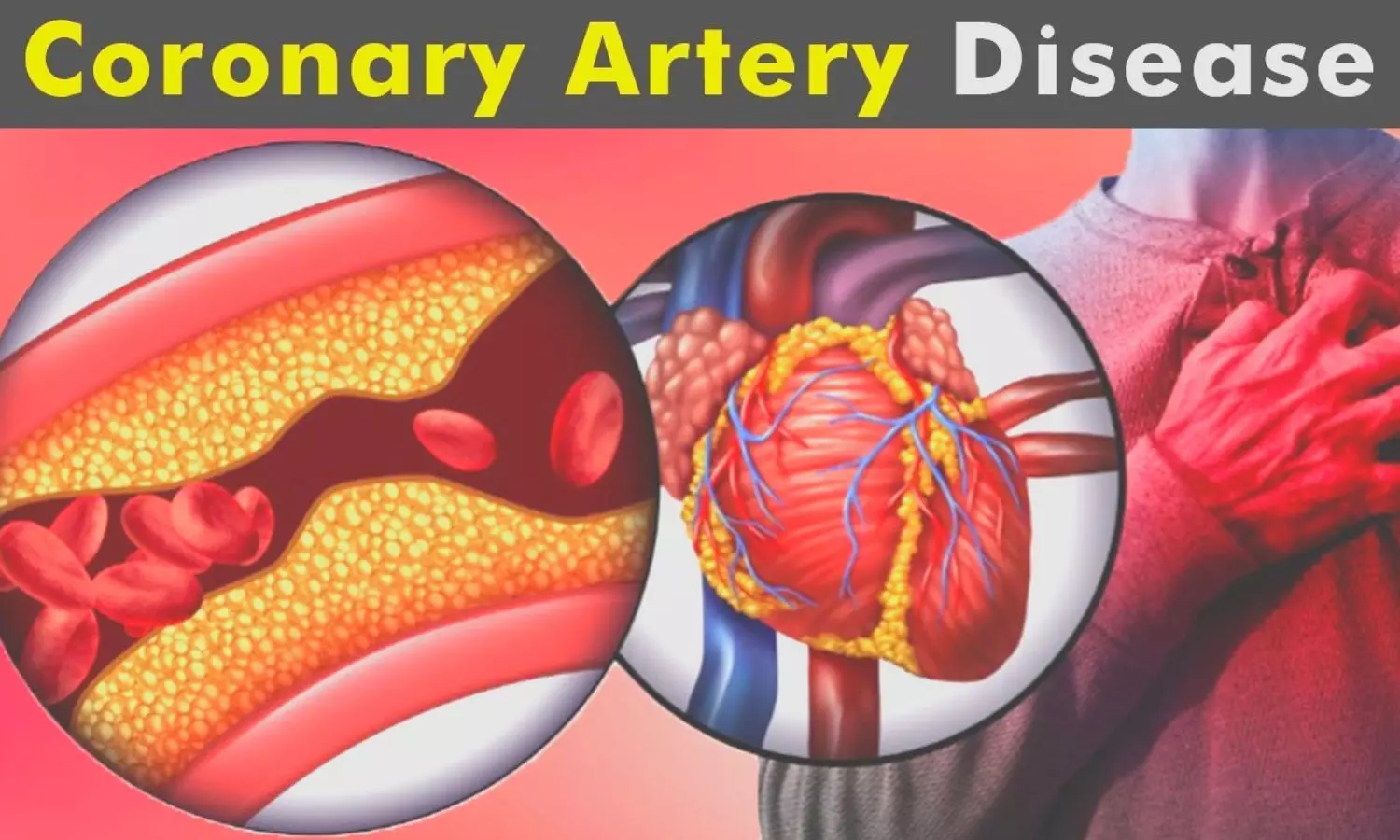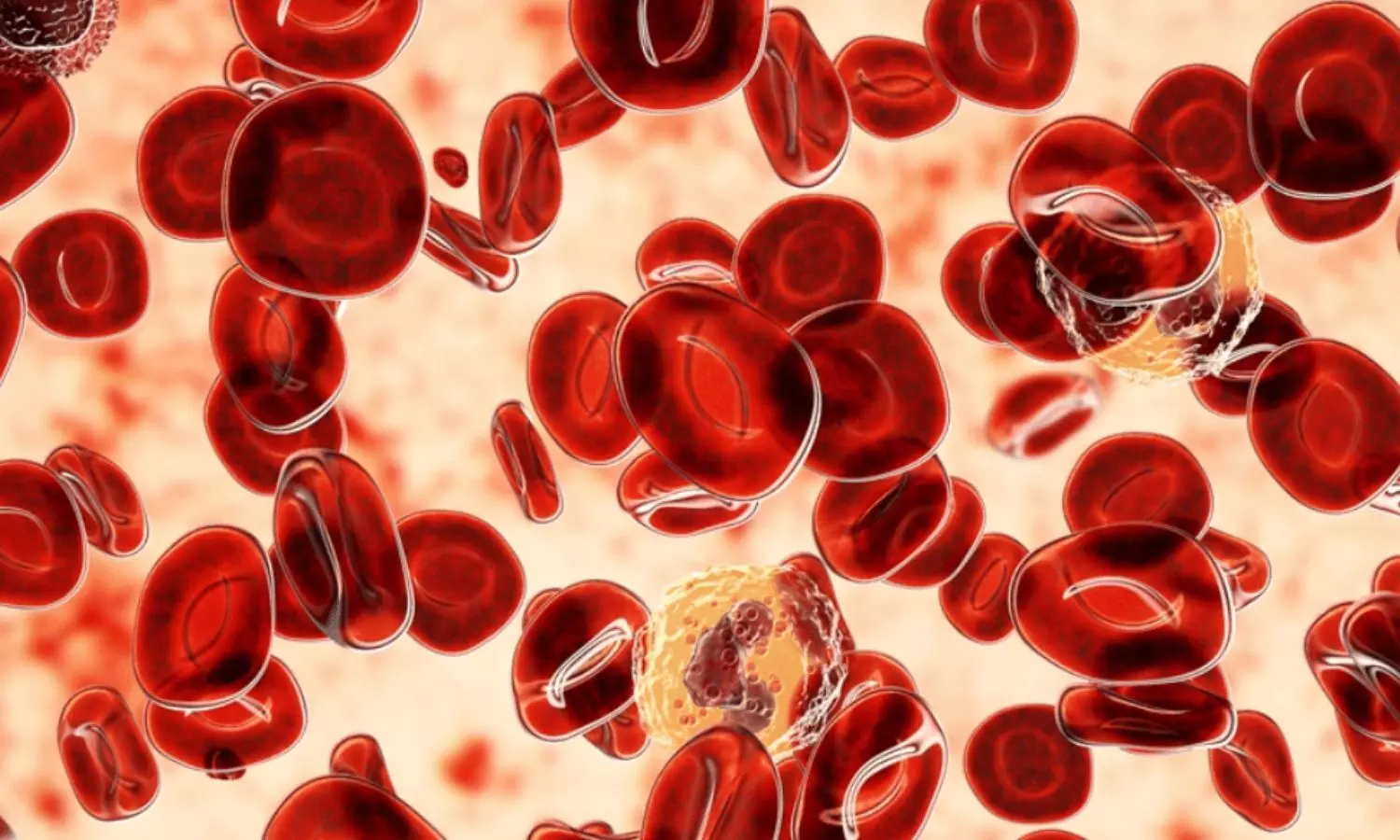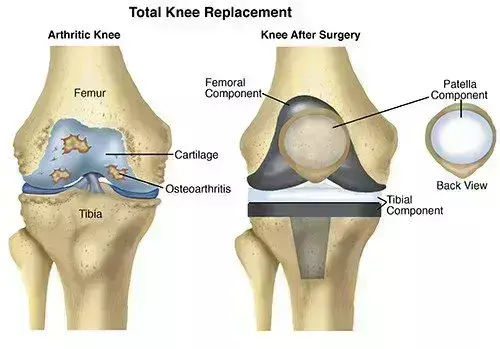Epinephrine before advanced airway placement may improve patient outcomes in out-of-hospital cardiac arrest: Study

Japan: Administration of intravenous (IV) epinephrine before placement of an advanced airway may be the optimal treatment sequence for improved patient outcomes in patients with out-of-hospital cardiac arrest (OHCA), a recent study has shown. The findings were published online in JAMA Network Open on February 19, 2024.
The cohort study of 259 237 Japanese adult patients with OHCA for whom emergency medical services personnel administered IV epinephrine and/or placed an advanced airway revealed that epinephrine as a first strategy was linked with a higher likelihood of 1-month survival in both shockable and nonshockable rhythms than advanced airway management as the first strategy.
Out-of-hospital cardiac arrest is an important public health problem, with high rates of mortality worldwide. Emergency medical services (EMS) play an important role in providing initial treatment for OHCA patients as a part of the chain of survival.
As a part of pre-hospital care, advanced life support interventions, advanced airway management (AAM) (endotracheal intubation and supraglottic airway insertion) and epinephrine administration are commonly performed for out-of-hospital cardiac arrest, but there seems no clarity on the optimal sequence of these interventions. Therefore, Masashi Okubo, University of Pittsburgh School of Medicine, Pittsburgh, Pennsylvania, and colleagues aimed to evaluate the association of the sequence of epinephrine administration and AAM with patient outcomes after OHCA in a cohort study.
For this purpose, the researchers analyzed the nationwide, population-based OHCA registry in Japan and included adults with OHCA for whom emergency medical services personnel administered epinephrine and/or placed an advanced airway between 2014 and 2019.
The primary outcome was 1-month survival. Secondary outcomes included 1-month survival with favourable functional status and prehospital return of spontaneous circulation.
The researchers performed inverse probability of treatment weighting (IPTW) and propensity scores for shockable and non-shockable initial rhythm subcohorts to control imbalances in measured cardiac arrest characteristics, patient demographics, and bystander and prehospital interventions.
The researchers reported the following findings:
- Of 259,237 eligible patients (median age, 79 years), 58.7% were male. A total of 8.3% of patients had an initial shockable rhythm, and 91.7% had an initial nonshockable rhythm.
- Using IPTW, all covariates between the epinephrine-first and AAM-first groups were well balanced, with all standardized mean differences less than 0.100.
- After IPTW, the epinephrine-first group had a higher likelihood of 1-month survival for both shockable (odds ratio [OR], 1.19) and non-shockable (OR, 1.28) rhythms compared with the AAM-first group.
- For the secondary outcomes, the epinephrine-first group experienced an increased likelihood of favourable functional status and prehospital return of spontaneous circulation for both shockable and non-shockable rhythms compared with the AAM-first group.
The findings suggest that administration of epinephrine first for adult OHCA is associated with an increased likelihood of 1-month survival, 1-month survival with favourable functional status, and prehospital return of spontaneous circulation (ROSC) among Japanese patients with shockable and non-shockable rhythms compared with an AAM-first strategy.
“Our study results, along with the currently available evidence, suggest that IV epinephrine administration may be more beneficial than AAM for adult patients with OHCA, indicating that prioritizing epinephrine administration over AAM might be reasonable,” the researchers wrote.
Reference:
Okubo M, Komukai S, Izawa J, et al. Sequence of Epinephrine and Advanced Airway Placement After Out-of-Hospital Cardiac Arrest. JAMA Netw Open. 2024;7(2):e2356863. doi:10.1001/jamanetworkopen.2023.56863
Powered by WPeMatico









